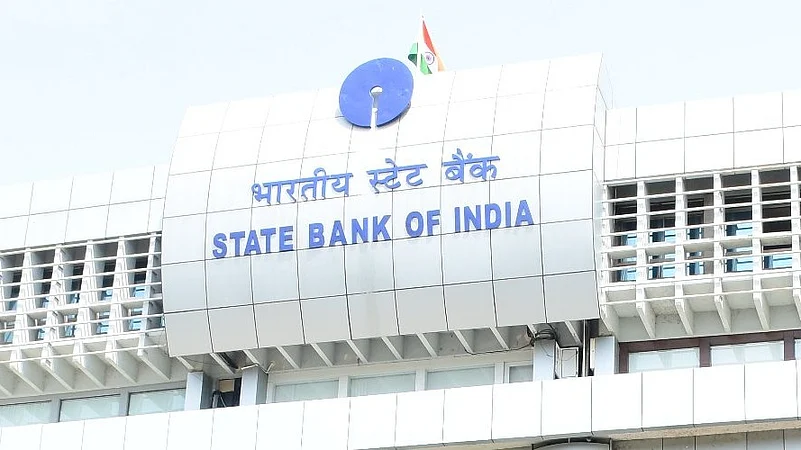
The government is considering merging smaller PSBs like IOB, Central Bank of India, and Bank of Maharashtra with larger banks such as PNB, BoB, and SBI by FY27.
Discussions are at the Cabinet level and will be reviewed by the PMO before formal announcements are made.
The consolidation plan aligns with previous mergers (2017–2020) and aims to create stronger, leaner public sector entities.
In Q1 FY26, PSBs outperformed private banks with a 10.62% rise in net profit, suggesting improved operational strength ahead of potential consolidation.
The Indian banking system may be on the verge of a pivotal move, as the government plans to merge small public sector lenders with larger banks, government sources said. Indian Overseas Bank, Central Bank of India, and Bank of Maharashtra are likely to be merged with major players in the sector, including Punjab National Bank, Bank of Baroda, and the State Bank of India, officials familiar with the matter said.
According to a report by Moneycontrol, a proposal has been made to merge the said banks with larger lenders. A record of discussions on the plan will first be taken up by senior officials at the Cabinet level and then examined by the Prime Minister’s Office (PMO). Discussions leading up to the final decision are expected by FY27, the report said.
“The government wants to build consensus internally before making any formal announcements,” Moneycontrol reported, citing officials.
Why Is There a Proposal to Merge Small Banks?
According to officials, the proposal is primarily driven by the idea of streamlining the public sector banking landscape to have “fewer, stronger entities that can support the next phase of credit expansion and financial sector reforms.”
The development comes in the backdrop of the Centre looking to revive public sector bank consolidation. The government is likely to consider the merger proposals as part of its medium-term banking sector reform strategy. Between 2017 and 2020, the government merged 10 public sector banks into four larger entities, bringing the number of public sector banks down to 12 from 27 in 2017.
The new merger plan also follows recommendations by NITI Aayog to privatise or restructure smaller state-owned banks as potential candidates for strategic sale, according to reports.
Public Sector Banks Outperformed Their Private Counterparts in Q1
Public sector banks outperformed their private counterparts in the June quarter, continuing their strong performance from January to March, Tamal Bandhyopadhyay wrote in Business Standard. All state-owned banks, except Punjab National Bank, recorded a rise in net profit in the previous quarter. The rise in net profit ranged between 1.87% and 75.75%. Meanwhile, eight private sector banks witnessed a slump in their profits. Among the big names, the most notable was the 68.21% fall in IndusInd Bank Limited’s profit. The collective net profit of private banks fell nearly 3%, while that of state-owned banks rose by 10.62%.
“The competition for deposits is getting fierce even as the demand for loans remains tepid. Meanwhile, there are signs of stress in a few segments of loans,” Bandhyopadhyay wrote.
The performance gap underscores the government’s likely rationale: a consolidated, healthier PSB landscape could be better positioned to expand credit, manage risk, and navigate deposit competition amid signs of stress in select loan segments.



























